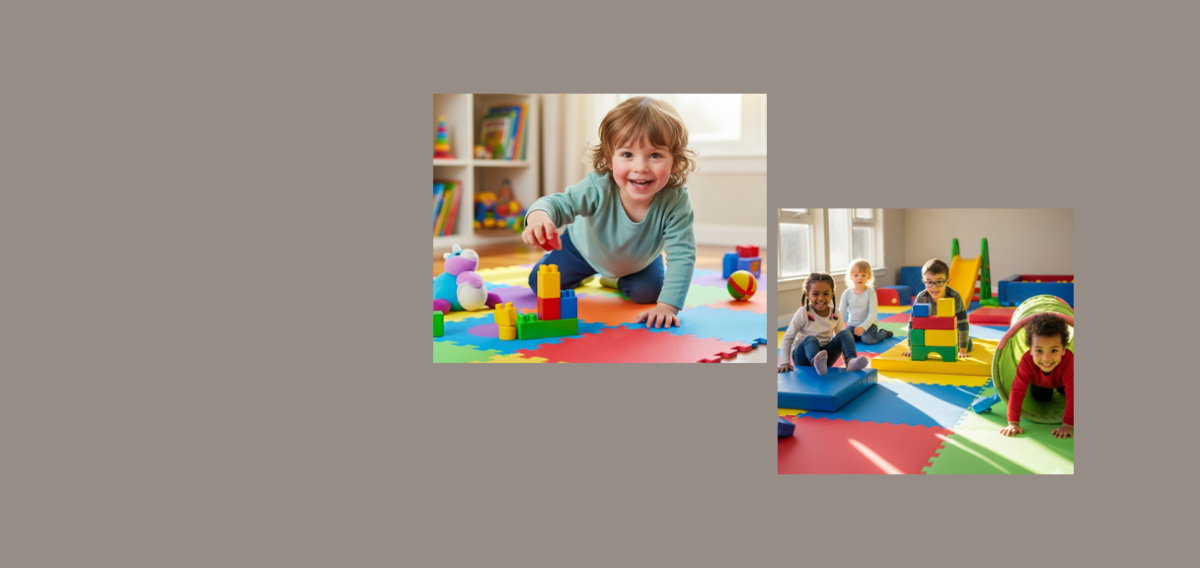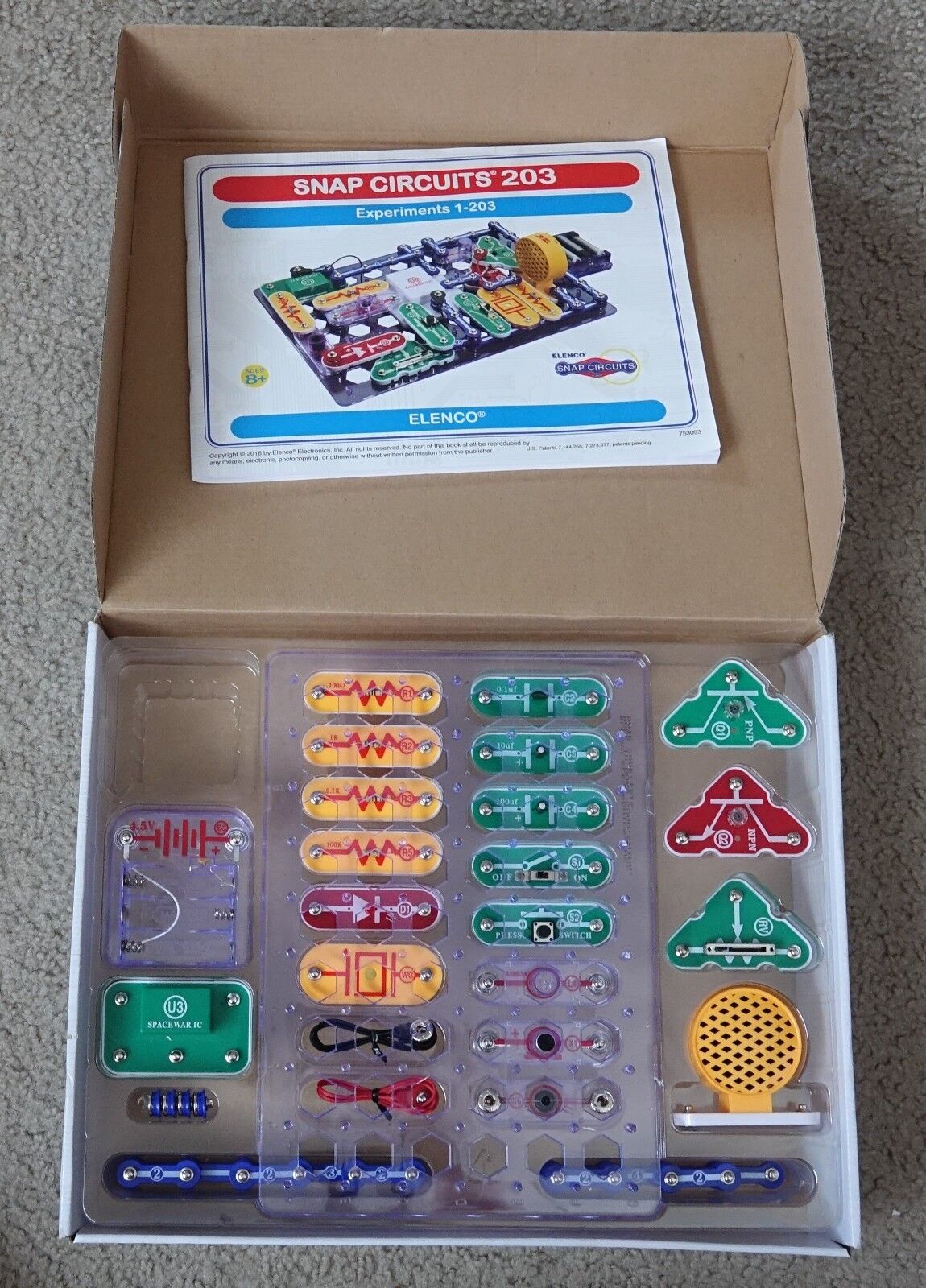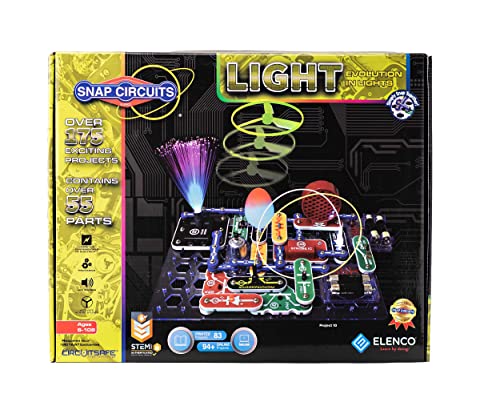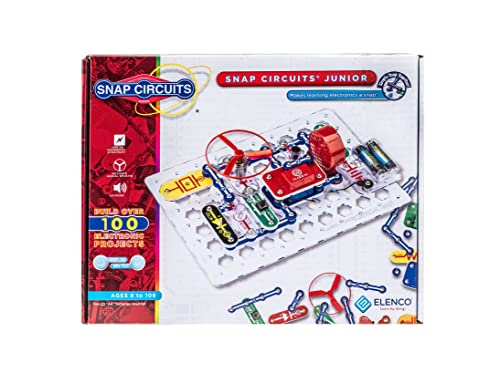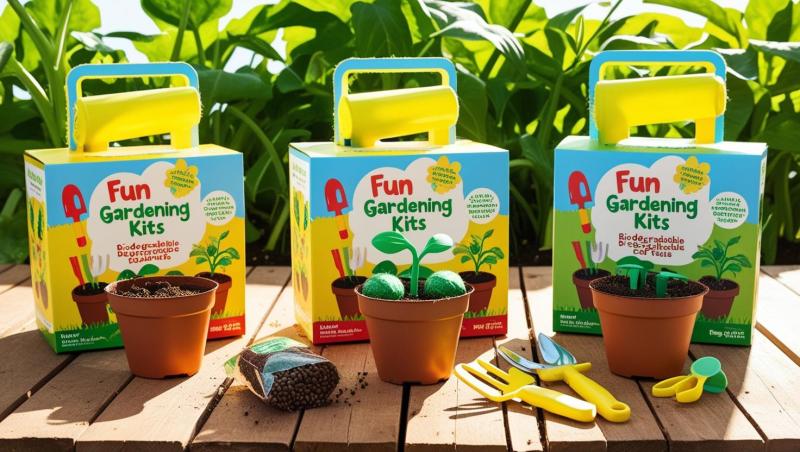Safety Mat: Essential Protection for Play and Learning
Safety mats have become a standard sight wherever children play, learn, and grow. From school gyms to home playrooms and backyard swing sets, these mats provide a crucial cushioning surface for active kids. Their importance extends beyond simple protection; safety mats allow children to explore physical skills with confidence, encouraging activity, development, and the joy of movement—all while minimizing the risk of injury.
What Is a Safety Mat?
A safety mat is a specially designed soft mat intended to absorb impact and reduce injury from falls or slips. They are typically made from durable materials such as rubber, foam, or gel composites, and come in various thicknesses, sizes, and colors. The mats provide a padded surface that cushions hard landings, making them perfect for environments where children run, jump, climb, or practice motor skills.
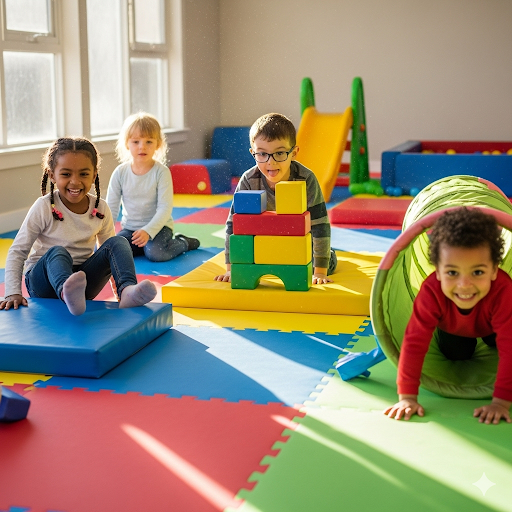
Common Places You’ll Find Safety Mats
1. School Gyms and Recreational Facilities
Many school gyms feature safety mats covering the floors to protect children during physical education classes. These mats are also often attached to walls to soften impacts during active play or gymnastic exercises. They serve as versatile surfaces suitable for various sports, gymnastics, tumbling, and other physical activities.
2. Gymnastics and Martial Arts Centers
Safety mats are indispensable in places where children learn complex and physically demanding skills. In gymnastics, children practice flips, handstands, and balance routines on these mats. Martial arts studios use mats extensively to ensure the safety of students learning throws, falls, and other potentially hazardous techniques.
3. Home Playrooms and Basements
Many families convert basements or spare rooms into dedicated play areas. Instead of carpet or hard flooring, safety mats are a popular choice because they provide a cleaner, cushioned play area that is easy to maintain. Mats offer a soft landing zone for tripping toddler steps and active play, reducing the risk of bumps and bruises.
4. Backyards and Outdoor Play Areas
Family backyards often feature playground equipment like swing sets and climbing frames. Adding safety mats underneath these canopies creates a safer environment where children can experiment with movement and enjoy outdoor play with added protection.
Benefits of Using Safety Mats for Children
1. Injury Prevention
Children are naturally curious and energetic, often pushing physical limits. Falls, slips, and bumps are inevitable. Safety mats provide much-needed shock absorption, dramatically reducing the chance of serious injury on hard surfaces.
2. Confidence Building
Knowing that a cushioned surface awaits explorations and possible falls encourages children to be bolder and try new skills—whether crawling, climbing, or practicing gymnastics moves. This confidence supports physical development and resilience.
3. Encourages Active Play
When children feel safe, they're more likely to engage in active play. Safety mats create a welcoming environment that promotes movement essential for healthy growth—improving coordination, motor skills, and fitness.
4. Durability and Hygiene
Most safety mats are easy to clean, resistant to wear and tear, and designed to last. Unlike carpets that absorb spills and trap dust, mats can be wiped down or washed, maintaining healthier play environments.
5. Versatility
Safety mats come in various shapes and sizes and can be moved or reconfigured as needed. They adapt not just for children’s play but for exercise areas, workplaces, or even decorative installations.
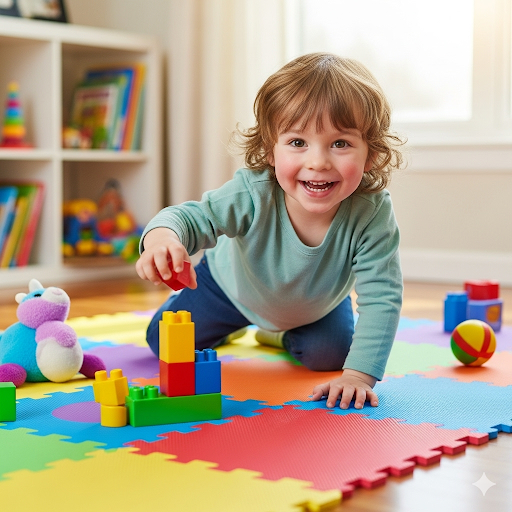
Choosing the Right Safety Mat
When selecting a safety mat for children, consider these factors:
-
Thickness: Thicker mats provide extra cushioning but may be less portable. For young toddlers or gymnastics, thicker mats (1-2 inches) are best.
-
Material: Look for non-toxic, hypoallergenic materials that are safe for kids. EVA foam and rubber are commonly used and durable.
-
Size and Shape: Large mats cover more area, ensuring safer play zones; smaller mats or interlocking tiles provide customization.
-
Surface Texture: A non-slip surface adds safety by preventing accidental slips.
-
Ease of Cleaning: Mats should withstand frequent wiping, spills, and occasional deep cleaning.
-
Portability: Consider mats that roll up or lock together for easy storage or transport.
Installation Tips for Home and Outdoor Use
-
Home Playroom or Basement: Lay down mats on hard floors such as wood or concrete for maximum protection. Use interlocking foam tiles for flexibility and ease of cleaning. Ensure the mat covers enough space to allow free play.
-
Under Playground Equipment: Install mats following safety standards (usually at least 6 feet beyond the equipment perimeter). Secure mats to prevent movement and trip hazards.
-
Gymnastics Areas: Use specialized mats approved for tumbling that meet safety thickness and density standards.
-
Walkways or Workspaces: Low-profile mats with non-slip surfaces provide comfort without compromising durability.
Decorating and Using Safety Mats Creatively
Safety mats don’t have to be dull. Many come in bright colors, patterns, or can be cut into shapes to create interesting play environments. Colorful mats can serve as boundaries for games or learning spaces.
Some families even use vertical safety mats to protect walls from rough play or accidental impacts—perfect for basements or children’s gyms.
Balancing Safety with Growth Opportunities
While safety mats provide essential protection, parents should also remember the value of occasional bumps and bruises in healthy child development. Children must learn risk assessment, resilience, and physical boundaries as they grow.
Safety mats are there to soften the inevitable falls, but as children age and become more skilled, removing or reducing protective gear teaches them to navigate the world safely on their own.
The Economic and Practical Benefits of Safety Mats
Investing in safety mats is cost-effective when compared to medical expenses from injuries. Their durability and ease of maintenance make them excellent long-term solutions.
Safety mats are also multi-functional—use them for yoga, exercise, or meditation as children grow up, extending their value beyond play.
Conclusion
Safety mats play an invaluable role in children’s play and learning environments. Offering cushioning protection and encouraging active exploration, they enable kids to build confidence, develop motor skills, and enjoy fun in a secure setting.
Whether used in schools, gyms, basements, or backyards, safety mats provide peace of mind for parents while promoting healthy physical and emotional growth for children. Thoughtfully selected and properly used, these mats are an essential foundation for safe, joyful childhoods.
